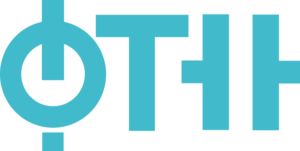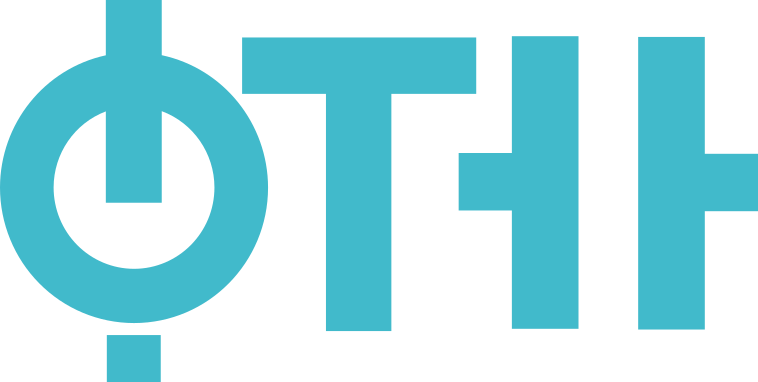Subject: Introduction to Virtual Reality technologies (17.IA016 )
Native organizations units: Department of Production Engineering
| Category | Theoretical-methodological |
| Scientific or art field | Tehnologije plastičnog deformisanja, aditivne i virtuelne tehnologije |
| ECTS | 3 |
Acquiring basic knowledge in the field of virtual reality technology and virtual production with an emphasis on the technologies of material design.
After attending lectures and practice and after passing the course, students should master the basic virtual reality technologies. They should also be able to use VR devices as engineers (trackball, instrument glove, stereoscopic glasses) as well as to create simple VR simulations which support stereoscopy, collision detection and simulation of some physical properties of VR objects by using software development environment Wizard (Worldviz, Inc.)
Basic concepts and definitions. An overview of hardware components of VR systems – primary input devices, devices for motion monitoring, output display devices, VR projection systems. Computer platforms for VR – PC computers, graphic working stations, PC clusters, distributed VR systems. Principles of virtual reality technologies – monocular signs of depth perception, binocular signs of depth perception, principles of graphic display generation in real time, principles of haptic display generation in real time. General overview of virtual production – definitions, development history, application of VR technologies in product design, in production processes, in operations management, relations between key domains of virtual prototypes – advantages, comparative review of CAD and VR systems. VRAD systems – architecture and functions, user interface and navigation, operation flow. Application of virtual reality in modeling production processes and management operations on the example of the virtual rolling mill DEMAG. Virtual production in practice – application of AP technologies in assembling (Boeing), application of virtual design on the example of the Boeing aircraft 777, example of virtual toolroom, virtual prototype of the cabin interior of the passenger vehicle (Chrysler).
Lectures and Practice in the computer laboratory. Consultations. Computer practice is based on mastering the software for computer animation integration with the sound and connection of different sequences (both animated and video) into one unique whole by using programs: Adobe Premiere and Adobe After Effects.
| Authors | Title | Year | Publisher | Language |
|---|---|---|---|---|
| 2003 | English |
| Course activity | Pre-examination | Obligations | Number of points |
|---|---|---|---|
| Computer exercise attendance | Yes | Yes | 5.00 |
| Project task | Yes | Yes | 15.00 |
| Lecture attendance | Yes | Yes | 5.00 |
| Project task | Yes | Yes | 15.00 |
| Written part of the exam - tasks and theory | No | Yes | 30.00 |
| Project | Yes | Yes | 30.00 |

Prof. Lužanin Ognjan
Full Professor
Lectures

Prof. Lužanin Ognjan
Full Professor
Laboratory classes
Faculty of Technical Sciences

© 2024. Faculty of Technical Sciences.
Contact:
Address: Trg Dositeja Obradovića 6, 21102 Novi Sad
© 2024. Faculty of Technical Sciences.



